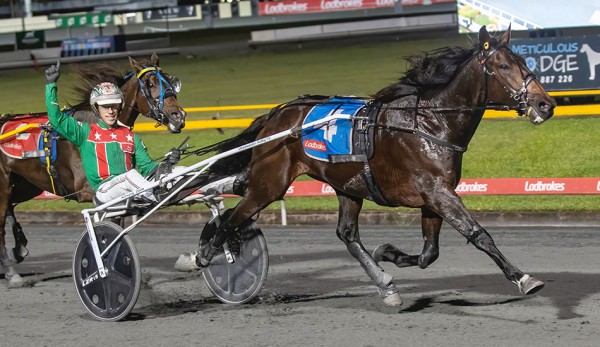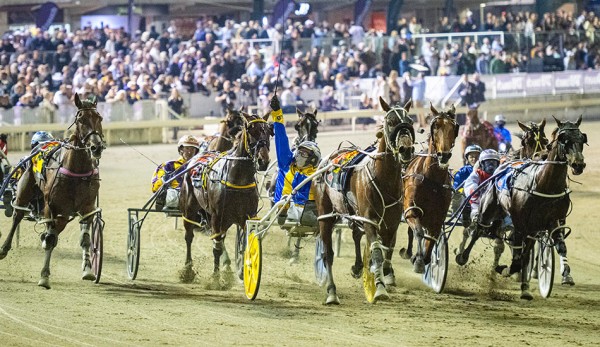Harness Racing New Zealand recently released its new Racing Calendar. It includes many new initiatives and talking points. In the last few weeks we have detailed many of the calendar’s new features. Today it’s the implications it has for the Trotting gait.
By Brad Reid, HNRZ Breeding Manager
The recently released Racing Calendar from HRNZ came with some significant initiatives for the trotting gait, headlined by the first two Group One trotting features for fillies to contest against their own sex.
It also includes a significant stake increase to the premier North Island trotting feature and some key date changes to age group and open class races (which will be discussed in more detail below).
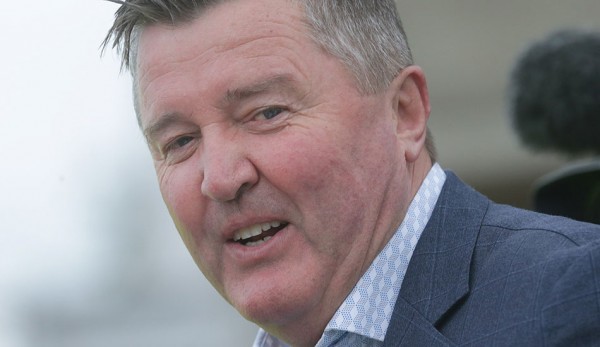
For supporters of the gait like Ken Breckon and Trevor Casey the changes have been particularly well-received after significant investment in genetics by themselves and their peers paving the pathway.
“What you are seeing are some of the most modern bloodlines available anywhere in the world where as early as 10 or 15 years ago we were still breeding from very much old blood,” said Breckon.
“When we bred the dam of I Can Doosit to Muscles Yankee all those years ago, he was just so far ahead of his time and the breed has only gotten better as the best of European and North American blood has become available,” he said.
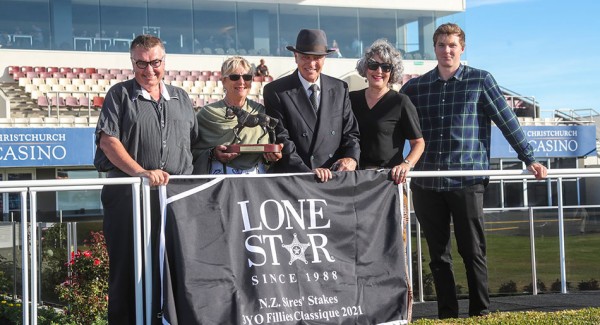
Casey agreed and applauded the commitment of trotting breeders around the country who have continued to invest.
“The stakes have really not been equitable for a long time despite the growth and price paid for modern trotting service fees. We were spoilt by the likes of Sundon but the breed has come so far since he passed and will continue to when you have genetics from two continents available,” he said.
In the 20/21 breeding season, 117 trotting breeders invested $10,000 or more on a single service fee, up from a previous high of only 17 a year earlier.
The case for increased investment was compelling when considering the various numbers and data available.
For each of the last six seasons trotting numbers have continued to increase with trotting mares representing 30% of the mares bred in New Zealand in the 20/21 season, up from 16% only six seasons ago.
2021 represented the first time that both Karaka and Christchurch aggregated $1 million dollars for the respective trotting yearlings sold.
So how do the numbers stack up from a business case in terms of profitability?
We know that over the course of their careers trotters are likely to start on average two more times per season. While that may not sound much, when you factor in two starts a season over a race career spanning five or six years the difference is significant.
Every horse that lines up as a starter at any race meeting is worth upwards of $7000 in turnover to the total margin on any meeting, so the more our horses are lining up and bolstering the depths of our fields the better.

The square-gaiters have also maintained a higher average field size and a higher average and win dividend with the TAB with basic logic suggesting both metrics are very key contributors to the overall performance of the sport.
Equity has probably not been a long held view of those involved in the gait, particularly where fillies and mares trotting has been concerned. There has been a long-held belief that trotting fillies and mares were capable of beating the colts and as many as ten years ago, that may have been true.
“Horses like Allanah Hall and High Gait are prime examples of fillies who we would have liked to have raced on, but it’s just too tough for them to have to race the colts beyond their three year old year the days,” said Breckon.
“Traditionally we have been forced down the path of sending them to race in Australia at the back end of their two and three year old careers and occasionally have left them over there for the better opportunities. To now have two Group One races for fillies in our own backyard is a huge step in the right direction,” he said.
The New Zealand Trotting Oaks, first run as a Listed feature in 2003, has floated between Group Two & Three status since its inception. It will become the first Group One feature run in this country for female trotters when contested on the 25th of November next year making it the equal richest race for trotting fillies in the Southern Hemisphere. Joining it at as the equal richest feature will be the newly minted two-year-old Sapphire.
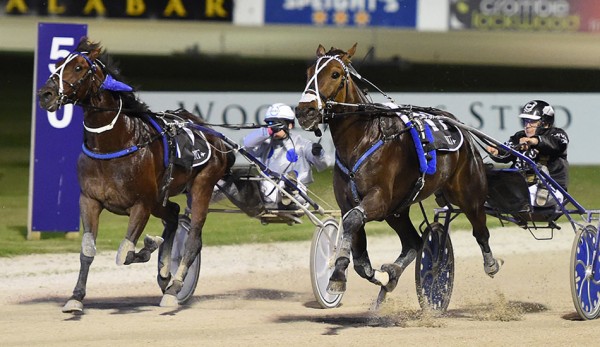
Many will rightly question the decision to programme a Group One race for two-year-old trotting fillies race on December 2nd and overlook the existing population of mares left gasping for air by the likes of Sundees Son and Muscle Mountain at the elite level.
The strategic decision to bolster the front end with investment into trotting fillies and try and build this under-utilised portion of our racing population is a bold one.
Dangling a carrot like the ‘Sapphire’ and with the prospect of a tentatively programmed $20,000 Listed Sires Stakes 2YO Classique, one can safely assume owners of trotting fillies are more likely to try them and target such feature races with regular programmed filly trots along the way. As it stands only 10% of trotting fillies are making it to the races at two.
The numbers of two-year-old trotting fillies historically has been very poor despite the occasional juvenile filly being able to trump the boys like we saw with the pacing bred filly in the 2yo Ruby at this year’s Jewels (Double Delight).
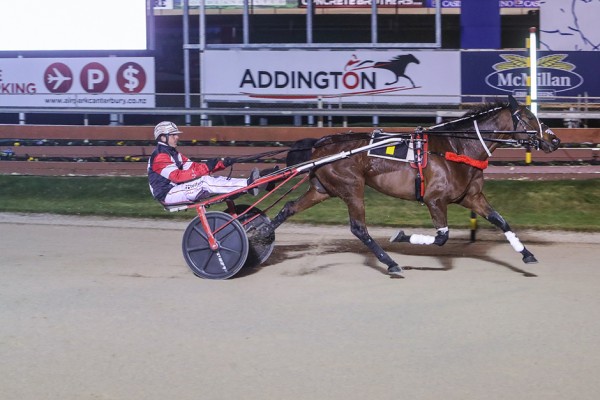
By virtue of the birthdate change and rescheduling of age group classics in the back half of the calendar, you can make a very solid argument that we are going to see a vast improvement on the 54% of trotting mares (and all trotting juveniles for that matter) who never make it to the races which is disproportionately higher than every other demographic by nearly 10%.
While the void of an Open Class Group One trotting mares race is still evident in the recently released calendar, the fact remains that as it stands, we don’t yet have the numbers of higher assessed mares to justify the investment.
The gaps need to be plugged with more regular programming of fillies and mares trots around the country to provide a pathway to the higher assessment and the recent fields in Canterbury and the North Island would suggest that the tide is starting to turn.
One of the frustrations of club officials has been the lack of support for programmed fillies and mares’ races.
In Canterbury in particular it would appear that trainers and owners are finally voting with their feet with full fields and upwards of 26 nominations for the fillies and mares trot at both Methven (Geraldine) and Addington, with even fields and fantastic betting races as a result.
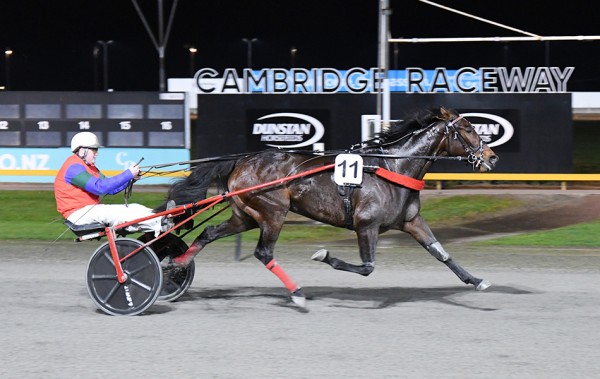
The highest assessed mare in New Zealand right now is She Reigns (R96) and rightly so. Her performances off 50m lately around Cambridge over sprint distances and that on Cup Day off 30m have been breath-taking and few would better deserve an opportunity to race for $100,000 against their own sex than her.
She is the only trotting mare in the country assessed R80 or better. Behind her are the likes of Vacation Hill and Kenny’s Dream (both R79) and Presidential Jewel (R73) and Gold Chain (R72).
With only five mares assessed R70 or better, it’s hard to make an argument at present for that lucrative Group One. In saying that in 2019 there was only the one Group race for the mares being the G3 Northern Breeders Stakes. The new calendar has six Group & Feature Races including the new G3 Jasmyn’s Gift stakes at Oamaru on Hannon Memorial Day to go alongside the G3 Waikato Breeders Stakes among others.
Their time is coming and the regular programming of mares trots going forward will provide the pathway for the female trotters to work their way through the ratings and I believe we are creating a framework that will result in a Group One trotting mares race by 2024 and possibly sooner. They are our future broodmares and deserve the ability to achieve black type against their own sex. However they also have potential to be a profitable part of the industry going forward if properly managed.
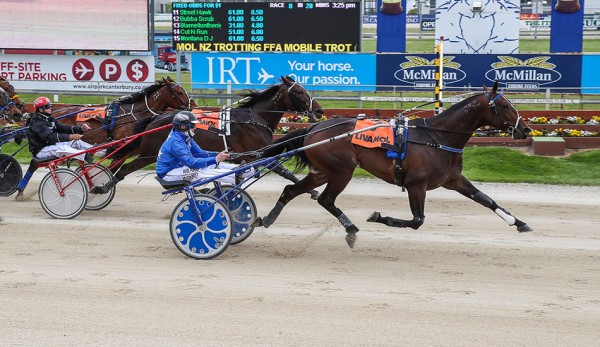
Some of the other developments for the trotters that need highlighting from the calendar change is the movement of the New Zealand Trotting Free For All from Cup Day to a bumper day on December 2nd. Replacing it on Cup Day will be a 2000m Group Three stand start which will hopefully provide a better pathway for our best trotters in New Zealand to line up twice over Cup Week, as shown by five of the eight leading horses bypassing the FFA for this year’s Dominion.
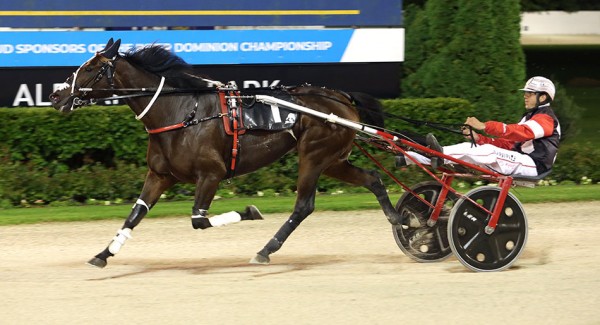
While there was strong support for the Show Day feature to be moved to Cup Day and align with the pacers’ schedule of two miles and sprint mobile on Cup Day/Show Day, it was ultimately decided by all involved in the consultation process that this was a better outcome.
The time honoured Rowe Cup has also seen a lift of $100,000 elevating it back to one of the premier Open Class trotting features in Australasia.
